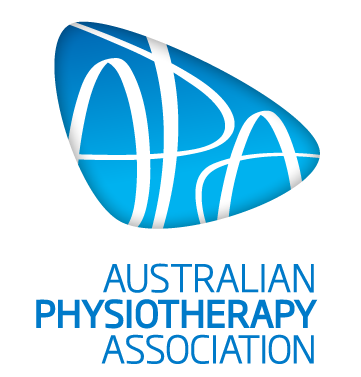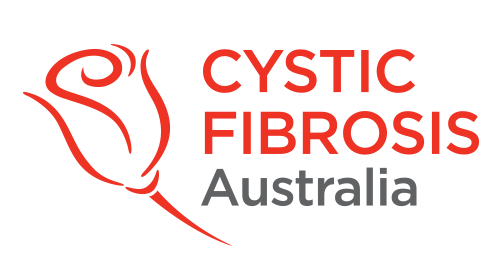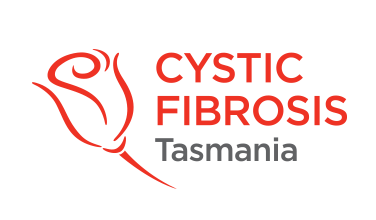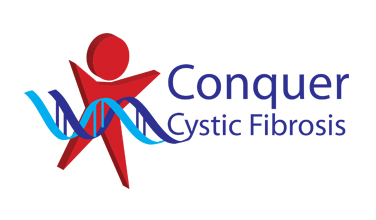Staying active/exercise
Useful resource:
Children and adolescents
- Children this age should be doing at least 60 minutes of energetic activities weekly, including some vigorous activities like running, jumping, sports like basketball, netball, tennis, swimming
- At least three times a week, children of this age, should also do exercises that help to strengthen muscle and bone, including core stability and strengthening
- Children should be active, moving, several hours per day
Stuart please include a link to the musculoskeletal section in the community physio site.
Need to also work out where and what information (and at what age) we want to include urinary stress incontinence. Next phase of development add in extra exercise videos or resources
Exercise and airway clearance
Exercise might help to improve your airway clearance techniques (e.g. Autogenic drainage, PEP, Oscillatory PEP). Doing exercise before, during or after your usual airway clearance may help you to clear more mucus from your lungs. When you do your exercise and airway clearance needs to work for you, so talk to your physiotherapist and together work out what is best for you. You may need to change your exercise and/or airway clearance regimen when you are unwell. It is recommended that you regularly discuss this with your physiotherapist.
Some people find that exercise is an excellent form of airway clearance. High intensity exercise (e.g. sprints, running, cycling) may be the best type of exercise to help move mucus from your lungs. The exercise does this by making more air flow in and out of your lungs, and possibly reduces the thickness of the mucus in your lungs. When you do exercise as a form of airway clearance you should perform the forced expiration technique (huffing and breathing control) during your exercise (e.g. every 3-5 minutes) to make sure you get the best effect for your lungs. Using exercise as your only form of airway clearance is not recommended for everyone, and you should discuss with your physiotherapist.









